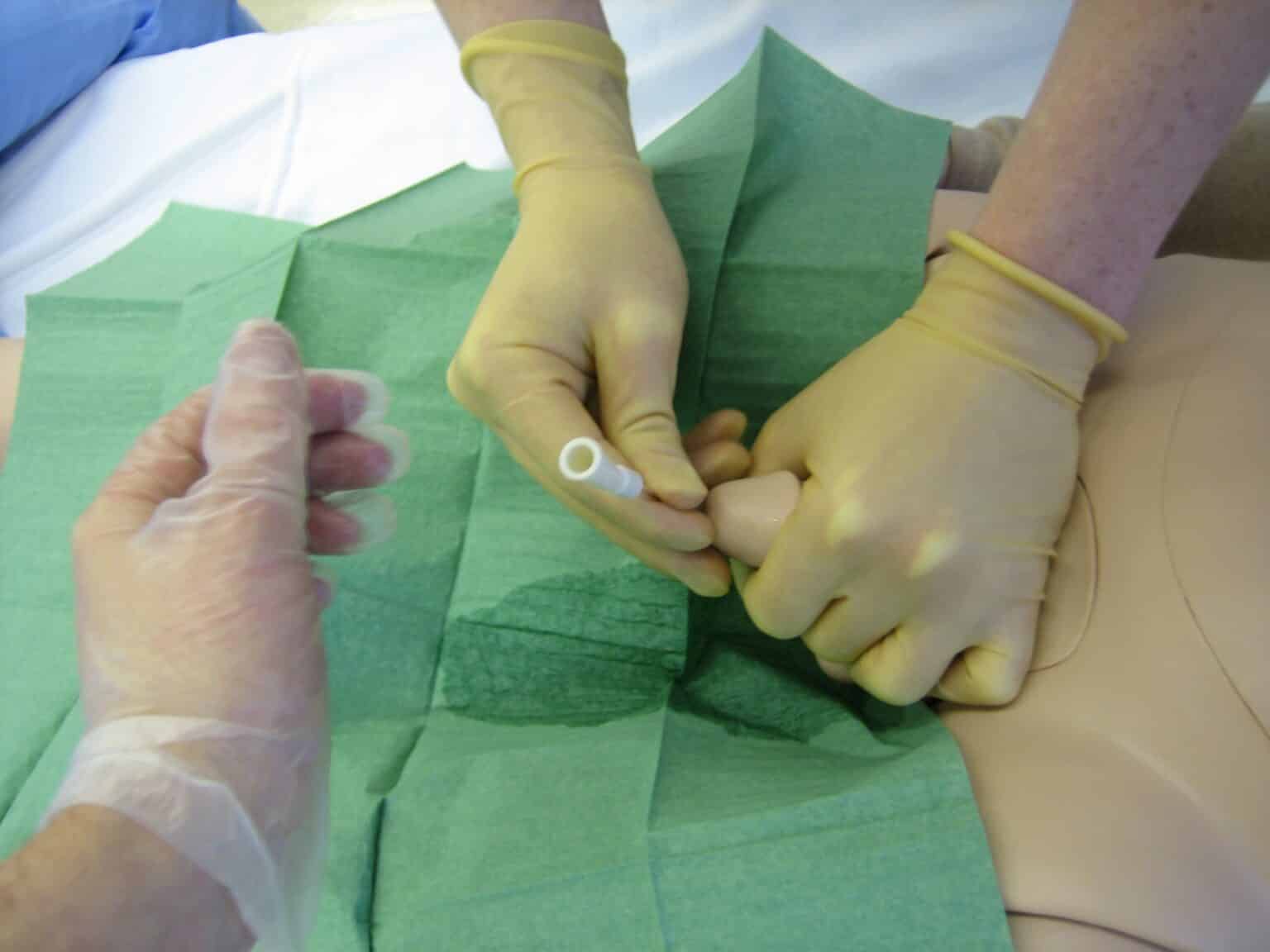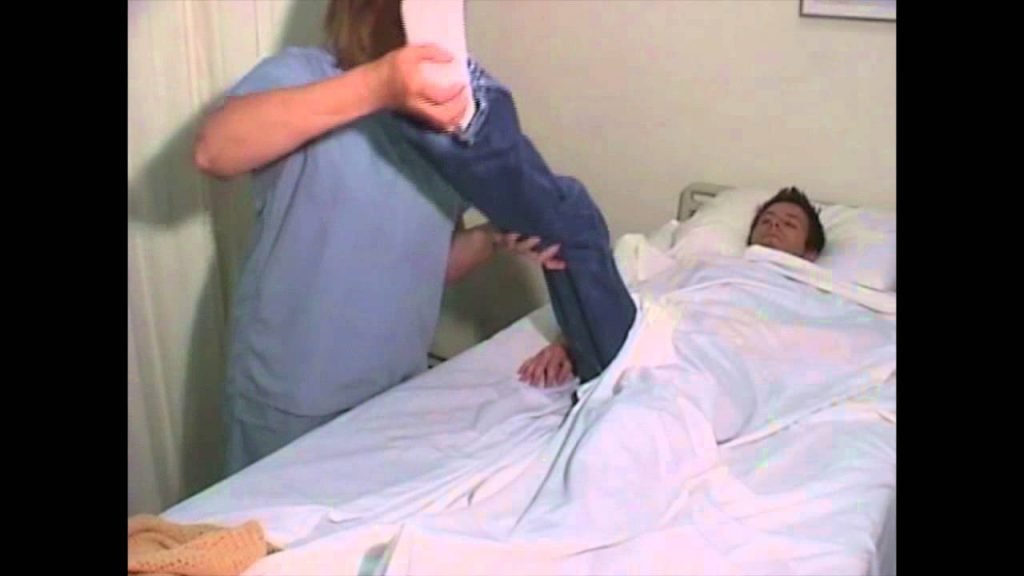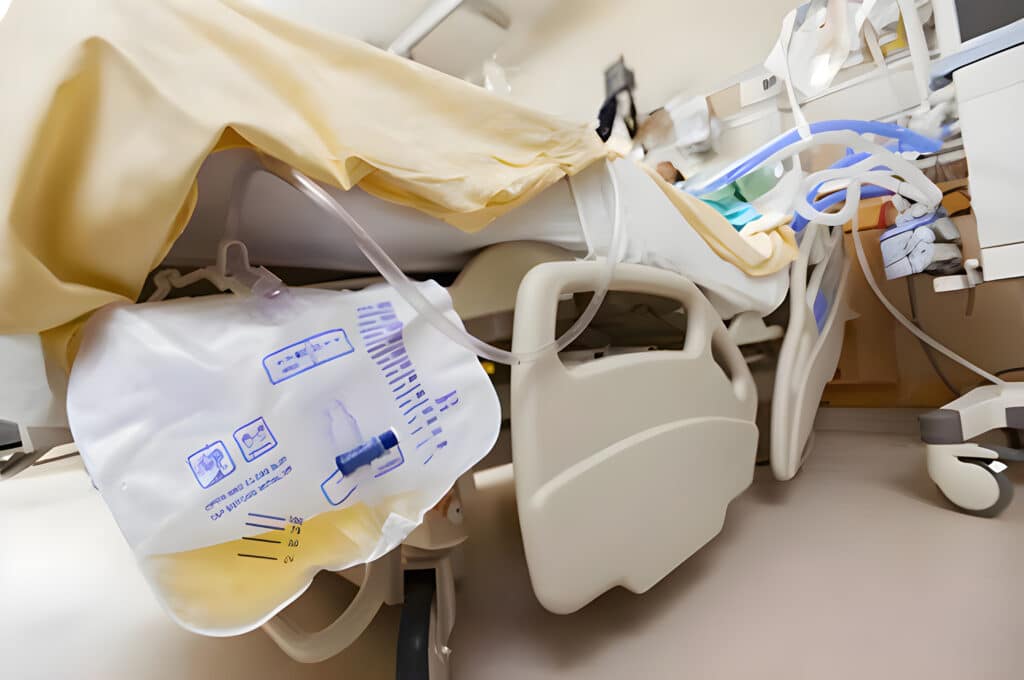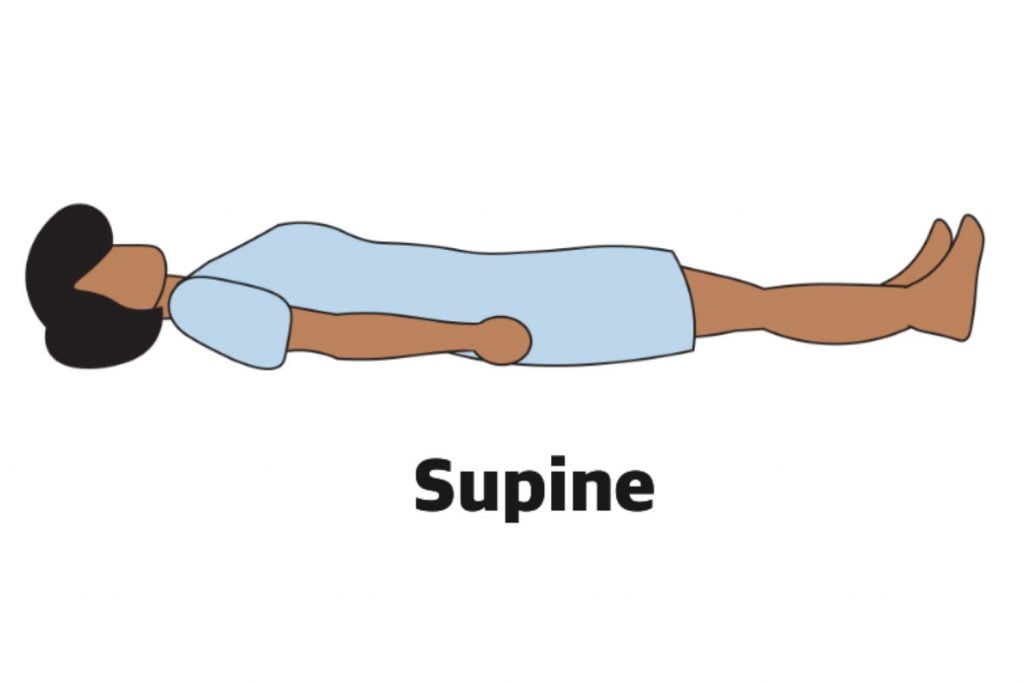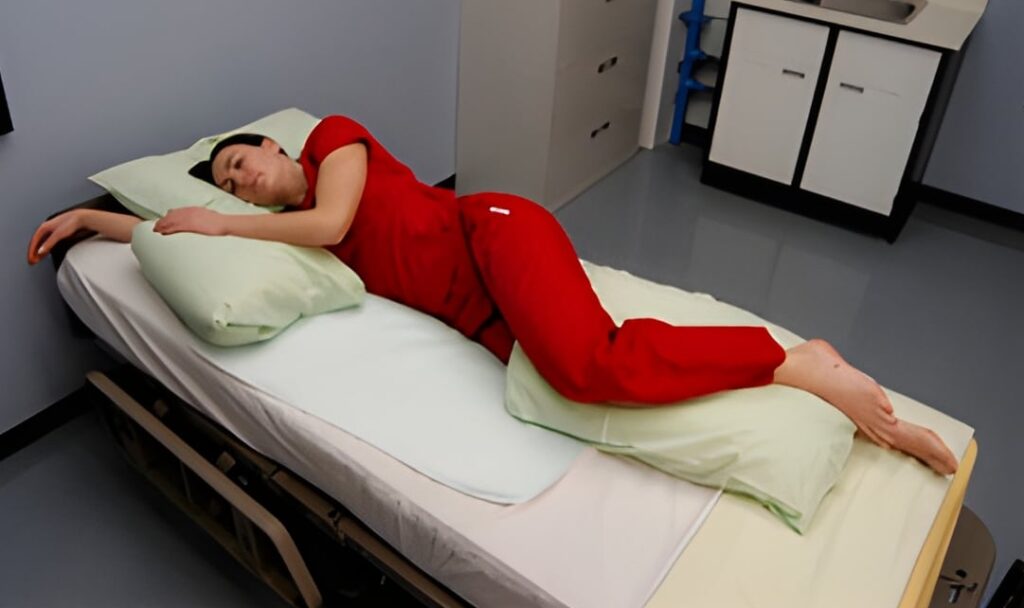Written by Amanda R. McDaniel, MS, BSN, RN
Amanda is a BSN/RN with a MS in Physiology and a BA in English. She worked as a medical writer in the pharmaceutical industry for 11 years before pursuing a career in nursing. She now works as a nurse on a NeuroTelemetry unit and continues to write and edit on a freelance basis. Amanda’s LinkedIn
Indwelling catheters allow urine to drain from the bladder. They are used when residents are unable to urinate on their own or when the process of cleaning the resident after urination would be difficult for the resident to tolerate (such as during end of life care). Caring for the catheter appropriately is a vital part of preventing infection and skin breakdown.
Caring for an Indwelling Catheter
- Gather your supplies:
- Gloves
- Washcloth, soap, and basin or disposable bath wipes
- Towels
- Absorbent pad
- New catheter securement device or tape (if needed)
- Give the resident privacy by closing the door or curtain.
- Perform hand hygiene and don gloves.
- Arrange your supplies within easy reach. A bedside table covered in a towel is often most convenient.
- Fill the basin with warm water.
- Raise the bed to a comfortable working height and help the resident to a supine position. The head of the bed can be at the angle most comfortable for the resident. Lower the side rail near you.
- Fold back the top linens to provide access to the perineal area. Offer a blanket to cover the resident’s upper body.
- Place the absorbent pad under the resident’s buttocks. If the resident is unable to assist by lifting their buttocks, logroll the resident. The absorbent pad will help prevent the need to change the bottom linens.
- Inspect the perineal area for secretions or drainage. If the male resident is uncircumcised, carefully retract the foreskin. Gently separate the labia of female residents.
- Perform perineal care with washcloths, soap, and the warm water from the basin or with bath wipes. Remember to clean front-to-back on female residents and under the foreskin of uncircumcised males.
- Remove the catheter from the securement device or tape on the leg. If the securement device is soiled, remove it according to the manufacturer’s instructions.
- Carefully grasp the catheter at the urinary meatus.
- Clean the catheter from the meatus to at least 4 inches from the meatus with a wet, soapy wash cloth or bath wipe. Always clean starting at the meatus and clean in a single stroke, no scrubbing. Do not pull on the catheter as you clean it. Repeat until the catheter is clean.
- Rinse the catheter with a clean, wet washcloth (not necessary if using no-rinse soap or wipes).
- Dry the catheter and perineal area with a towel. You may now let go of the catheter.
- If the resident is an uncircumcised male, allow the foreskin to return to its normal position.
- Secure the catheter with an appropriate securement device or fresh tape. Ensure that the drainage tubing has no dependent loops.
- Remove the absorbent pad, raise the side rail, and lower the bed back to the lowest position. Arrange bedding so the resident is comfortable.
- Discard and clean supplies, and remove gloves and perform hand hygiene.
- Document the procedure per institution or unit policy. Inform the nurse of any skin irritation or new discharge per policy.
References
S. A. Sorrentino, & L. N. Remmert. (2012). Urinary elimination. In Mosby’s textbook for nursing assistants (8th ed., pp 421-423). St. Louis, MO: Elsevier Mosby.

